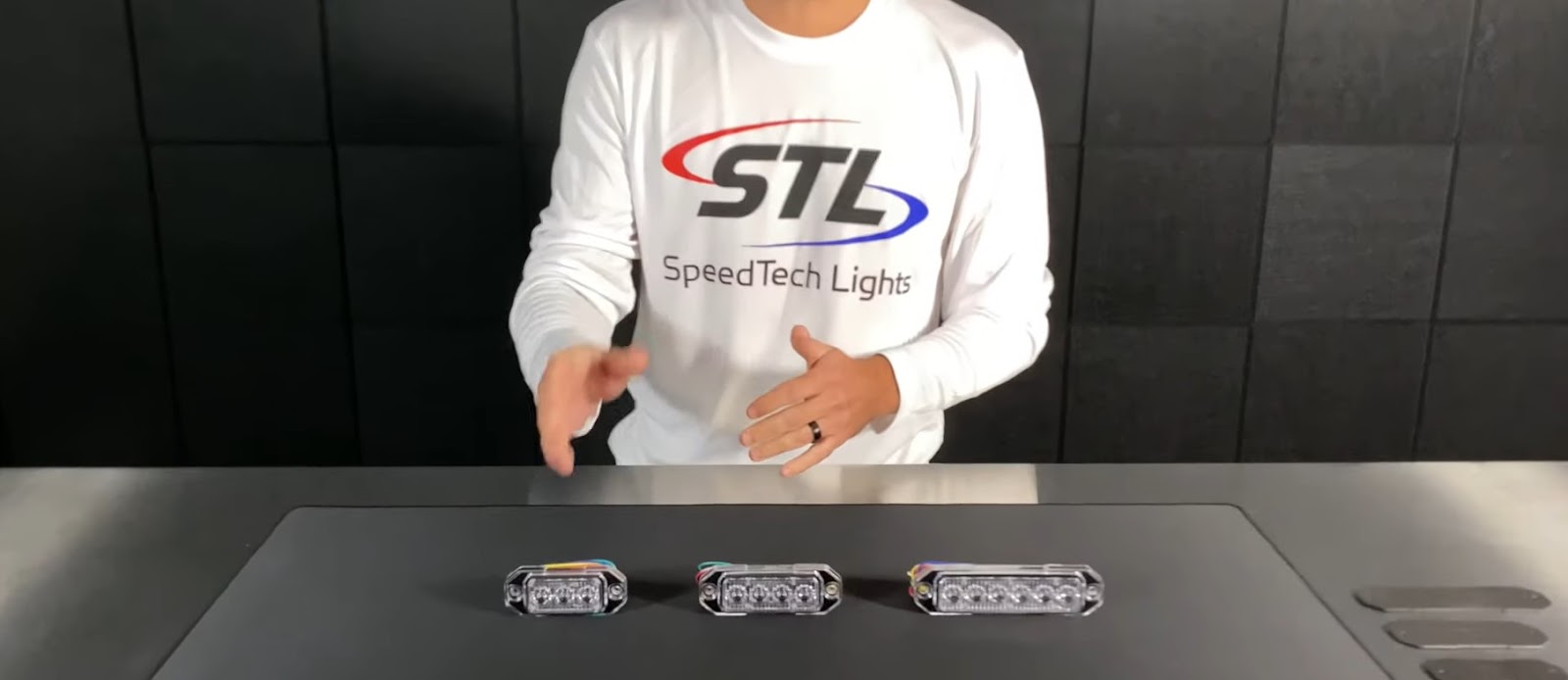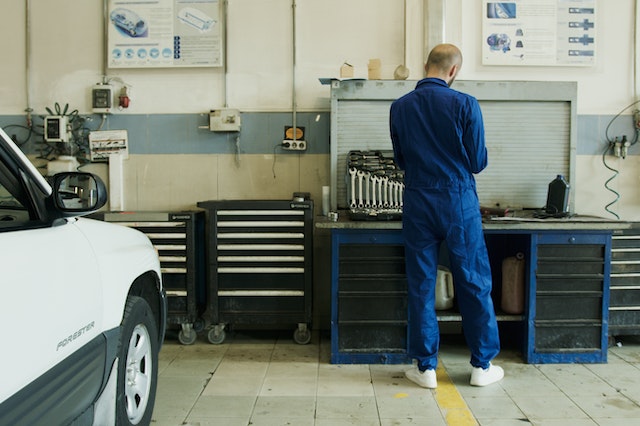
It doesn’t matter how experienced or careful of a driver you are — car warning lights are sometimes a necessary safety measure, both for your sake and for the sake of other traffic participants.
Surface-mount emergency lights, for example, provide the necessary visibility and signal potential hazards or ongoing works on the road, ensuring safe and easy traffic, which makes them essential for construction vehicles, farming equipment, etc. On the other hand, LED truck grille lights make sure you’re always visible in everyone’s rearview mirror in unfavorable weather conditions.
Here’s a quick overview of what warning lights are and where you can get them!
What Are Car Warning Lights?
No, we’re not talking about those colorful symbols on your dashboard. This time, we’re talking about actual vehicle lighting, that is, surface-mount warning lights. These are usually a part of emergency vehicle equipment, but you can mount some lights for various reasons, most of which boil down to the driver’s desire to signal some kind of urgency, danger, or, in the case of law enforcement, some official business.
Naturally, even though we associate warning lights with police cars, fire engines, and other kinds of non-civilian vehicles, that doesn’t necessarily mean you can’t use them yourself. In some places, you might be obliged to use them in certain weather conditions. But, the law is a topic of another day — let’s see what kind of warning lights you can get and how they differ.
Various Types of Warning Lights
Since they’re necessary for so many types of vehicles, there are tons of different kinds of warning lights. They rely on different optical technology, they come in different colors, they have different flash patterns, and they are shaped differently, allowing for various modes of mounting and activation and plenty of uses.
Optical Technology
- LED — LED lights are the most common type of not only warning lights but vehicle lights in general, and for a good reason. Namely, they are super bright, energy-efficient, and not as pricey as some alternatives, which makes them the best options if you’ve got a whole fleet of vehicles you need to equip and maintain.
- Strobe — If you’ve ever seen a camera flash, you’ve basically seen what strobe lights are like because they work based on the same principle. They are the most viable solution when you need quick and powerful bursts of light, but they’re not as energy-efficient as LEDs.
- Constant burning — Where strobes resemble cameras, constant-burning warning lights are more like lamps. They are rather bright and maintain total visibility at all times, although they have other uses, too, for example, as beacons. These lights are often not used alone but in combination with LEDs or strobes.
- Rotating — Although not as common, rotating lights are what usually comes to everyone’s mind when they think about warning lights. They typically comprise a rotating bulb and a simple mirror mechanism used to create a flashing effect.
Mountain Methods
You can mount warning lights via magnets (which is probably the most user-friendly method), you can mount them inside the vehicle (i.e., over the dashboard), or you can fasten them with permanent mounts, ensuring they can stay tightly fixed even in the harshest conditions. As for the places you can put them, they usually include your:
- Dashboard — These are pretty straightforward: you mount them on the dashboard. Of course, you can always experiment and move them around.
- Roof — Roof lights are also as simple as they sound — they are like dashboard lights, except you mount them on top of the vehicle. These are rather common on pick-up trucks and larger vehicles because they’re usually stronger and thus visible at greater distances compared to, say, truck grille lights.
- Grilles and deck — Maybe you don’t see them that often, but these lights are pretty useful. You can easily mount them on or around the grilles, and you’ll make sure you’re always visible to those in front of you because they’ll always catch the flashes in their rearview mirror. Grill-mounted emergency lights and deck lights need to be small, so they’re usually paired with other kinds of light and work in sync with them, producing characteristic flashing patterns.
Colors
Mounted warning lights come with a plethora of color and flash pattern options, including:
- Amber
- White
- Red
- Blue
The color you’ll need will usually depend on your line of work and the laws you’re subject to. Police cars, for example, usually rely on red and blue lights to notify others of their presence, but private police forces sometimes use white lights. Firefighting volunteer cars, on the other hand, use amber lights or a combination of red and blue lights.
Where Can You Get Car Warning Lights?
As we’ve already said, safety and visibility are of the utmost importance. That means that if you need to mount a pair of lights on your car, you definitely need to make sure you’ve bought something reliable — something of high quality. To make your shopping experience smoother, we recommend SpeedTech Lights and their broad selection of warning lights.
SpeedTech Lights offers a wide variety of LED grille lights, warning brake lights, mirror combo warning lights, and everything else you’ll need to ensure absolute visibility and safety on the road. Naturally, all items on the SpeedTech shelves are made by trustworthy and proven providers, and they go for more than fair prices.
If you’re looking for something innovative and low-profile, you can check out some multi-color LED surface-mount warning lights. They’ve got plenty of multi-color as well as A-B flashing patterns that you can customize, for example, turning your lights into beacons with one press of the button.
Of course, the SpeedTech Lights team specializes in all sorts of warning lights, and it is always available should you need consultations and guidance. Simply leave a message in the chat function on the SpeedTech Lights website, and help will come your way in no time.



